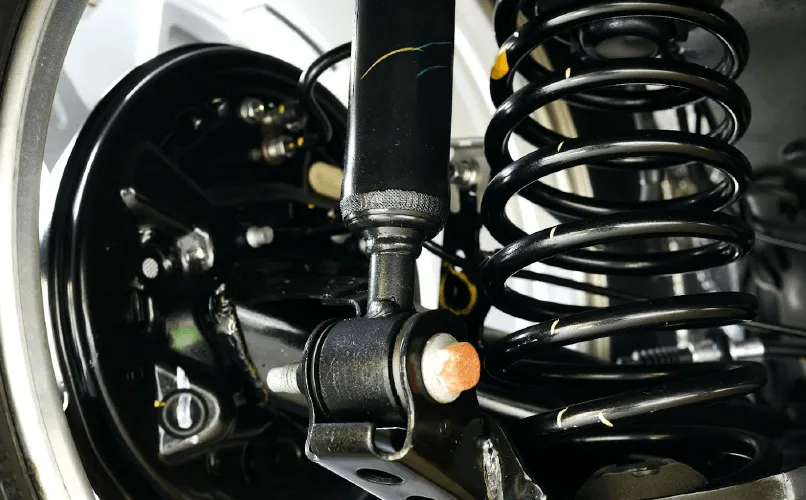Your car’s suspension system plays a far greater role than you might realize. The shocks help make driving comfortable. However, some drivers consider suspension systems a luxury and may ignore the shocks when they start to fail.
A faulty suspension system can quickly become dangerous for you and other road users. You might have difficulty controlling your car if its suspension fails. Luckily, these three signs can help you identify a suspension problem, even if you’re not familiar with how your shocks work.
1. You Feel Your Car Drift
If you have a faulty suspension system, you may notice your car pulling to one side when you drive. You’d have to tighten your grip on the steering wheel to counter the excessive pull to the left or right.
In addition, simple driving tasks like moving forward and negotiating a corner work because of the suspension system. Without the suspension, your car may be unable to stay grounded and could roll over as a result. So, a suspension issue is likely to make control more difficult.
However, braking problems and wheel misalignment can also make your car pull to the side. But if you’re sure both problems don’t exist, some parts of your car’s suspension system may have shifted their positions, which makes the car drift.
For instance, faulty arm bushings could make the control arm move when you apply your brakes. As a result, the wheel may change position, and you might feel your car pull to one side. Your auto service expert can further diagnose suspension problems and determine what you need to replace.
2. You Don’t Have a Smooth Ride
Although several issues can cause a rough ride, the suspension system is often the most obvious reason – especially if you can rule out tire pressure and alignment problems.
Your car’s suspension absorbs impact after your car goes over a pothole or bump. You’re not supposed to feel the effects of smaller bumps and potholes if the suspension system works perfectly. But with a failing system, you may notice that even the smallest bumps have an impact on how your car feels when you drive.
The frequent bumpy rides can easily worsen your driving experience. You could still drive your vehicle with lousy suspension, but you may not enjoy short drives to the grocery store, especially if you take passengers with you.
You can perform a simple bounce test to be sure of a suspension problem. Put your weight on the front of your car and release the force. Your vehicle shouldn’t bounce if the suspension works perfectly. But a lousy suspension will cause the car to bounce several times after you release your weight. You may have to contact your auto service expert for further diagnosis.
3. Your Car Dips Forward When Braking
The suspension system not only absorbs impact while on the road but also ensures that your car stays grounded when you step on the brakes especially at high speeds. Your car should remain in a neutral position if it has a healthy suspension system. But with poor suspension, you may feel your car lunge forward nose-first after you firmly apply the brakes.
Unfortunately, this reaction might increase the stopping time. You could easily get into an accident if your car can’t stop immediately whenever you need it to. In addition, the suspension system might start to leak fluid around the shock absorbers. Both these symptoms can only point to an advanced problem with the suspension, one that needs immediate attention.
Don’t risk further damage to your car’s suspension system. Once you notice one or more of the above signs, reach out to Powers Transmissions for a lasting solution.

